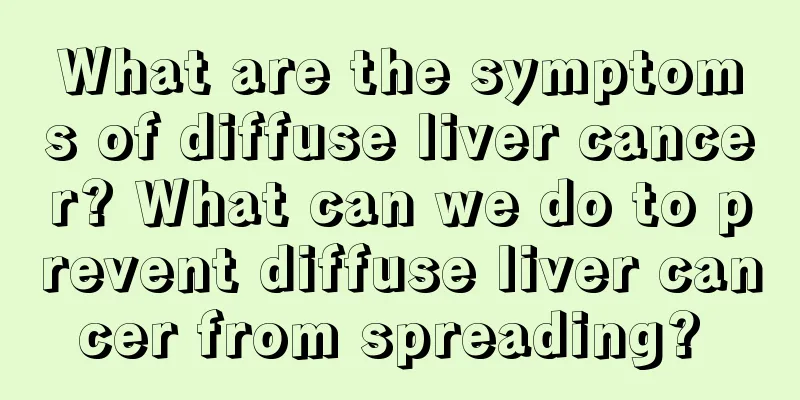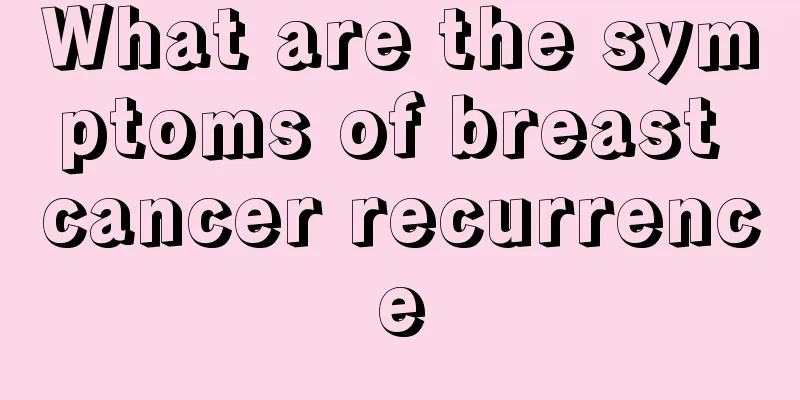What's the matter with a small pimple on the upper eyelid

|
Some people have small bumps on their eyelids, which are a bit painful or itchy, but look uncomfortable. After going to the hospital, some doctors said it was a stye, which is mainly caused by staphylococcal infection. The main symptoms are local redness and swelling, slight pain, and yellow pus spots. In this case, you should pay more attention to protecting your eyelids and seek medical treatment in time to avoid serious consequences. So, what is a stye? Stye, also known as sty and hordeolum, is an acute suppurative inflammation of the sebaceous glands or meibomian glands near the eyelash follicles. There are two types of styes: internal sty and external sty: 1. External stye It is an acute suppurative inflammation of the Zeis gland. Initially, the eyelid margin shows localized congestion and swelling, and a nodule forms after 2 to 3 days. There is obvious swelling, pain and tenderness. Later, the nodule gradually softens and a yellow pustule forms at the root of the eyelashes, which breaks through and discharges pus quickly. Severe cases may have systemic symptoms such as chills and fever. 2. Internal stye It is an acute purulent inflammation of the meibomian glands. Its clinical symptoms are not as severe as those of external hordeolum, because the inflamed meibomian glands are surrounded by firm tarsal plate tissue. Yellow pus masses are often faintly visible on the surface of the congested palpebral conjunctiva, which may rupture and discharge pus into the conjunctival sac on their own. The opening of the meibomian glands may be slightly raised and congested, and pus may also be discharged along the palpebral gland duct. A few cases may rupture and discharge pus from the skin. If the tarsal plate fails to rupture and the pathogen is highly toxic, the inflammation will expand, invade the entire tarsal plate tissue, and form an eyelid abscess. Causes of stye: There are two kinds of glands on the eyelids. The sebaceous glands at the root of the eyelashes open into the hair follicles. The meibomian glands are buried in the tarsal plates near the conjunctival surface and open into the eyelid margins. Stye is an acute suppurative inflammation of these two glands. The bacteria that cause styes are mostly Staphylococcus aureus. Clinical manifestations of stye: 1. Localized redness, swelling, heat and pain on the eyelid skin, and edema of the adjacent conjunctiva. 2. When pus accumulates locally, yellow pus heads appear. External styes occur in the sebaceous glands at the root of the eyelashes and appear on the skin surface; internal styes occur in the meibomian glands and appear on the conjunctival surface. After rupture and drainage of pus, the pain is relieved and the redness and swelling subside. 3. Severe cases are accompanied by enlarged and tender preauricular and submandibular lymph nodes, general chills, fever, etc. Treatment of stye: 1. Early hot compress or magnetic therapy Promote infiltration absorption or rapid suppuration of nodules. 2. Surgical incision When the inflammation is under control and pus accumulates to form a fluctuating feeling, it can be drained by incision, and the necrotic or granulation tissue can be properly cleaned. Depending on the situation, placement of a drainage strip can be considered. After the inflammation subsides, if there is still residual granulation tissue or nodules left, surgical removal can be performed again. However, it should be noted that the skin incision of the external hordeolum should be parallel to the eyelid margin, and the conjunctival incision of the internal hordeolum should be perpendicular to the eyelid margin. Avoid inappropriate squeezing to prevent the inflammation from spreading into the orbit and cranium, causing orbital cellulitis, cavernous sinus phlebitis, meningitis and abscess, which may be life-threatening. 3. For stubborn and recurrent cases Autoimmune therapy is available. Patients with systemic fever and swollen preauricular and submandibular lymph nodes can be treated with antibiotics. |
<<: What's going on with this small bump on my upper jaw?
>>: What is the disease of red bumps on the body after taking a bath
Recommend
What are the precautions after chemotherapy for nasopharyngeal carcinoma
Nasopharyngeal carcinoma is a malignant tumor. Ch...
Symptoms of different types of melanoma
Like other diseases, melanoma has different types...
Can vinegar cure rhinitis?
As history continues to advance, many folk remedi...
Symptoms of intestinal bleeding
In life, when you feel stomach pain, nausea and b...
How to make single eyelids into double eyelids
For some girls with single eyelids, they hope to ...
The harm of salicylic acid in removing acne
Cosmetics can be said to be the most magical thin...
What is the main cause of angina pectoris
Modern people often suffer from diseases due to i...
What are the main examination methods for lymphoma
We are quite familiar with the malignant tumor di...
Are tiles harmful to the human body?
Ceramic tiles are available in every household. W...
What causes dry nose
People occasionally feel that their nose becomes ...
Women can prevent laryngeal cancer by drinking more tea
Women who drink more tea can prevent laryngeal ca...
How to use vinegar to soak your feet correctly
Soaking feet in vinegar can effectively relieve p...
What is the reason for facial swelling
First, let us understand what edema is. The main ...
Which of the early symptoms of cardia cancer are easily overlooked?
Patients with cardia cancer sometimes experience ...
What vitamins are missing for dark circles?
Dark circles bring troubles, affect appearance an...









